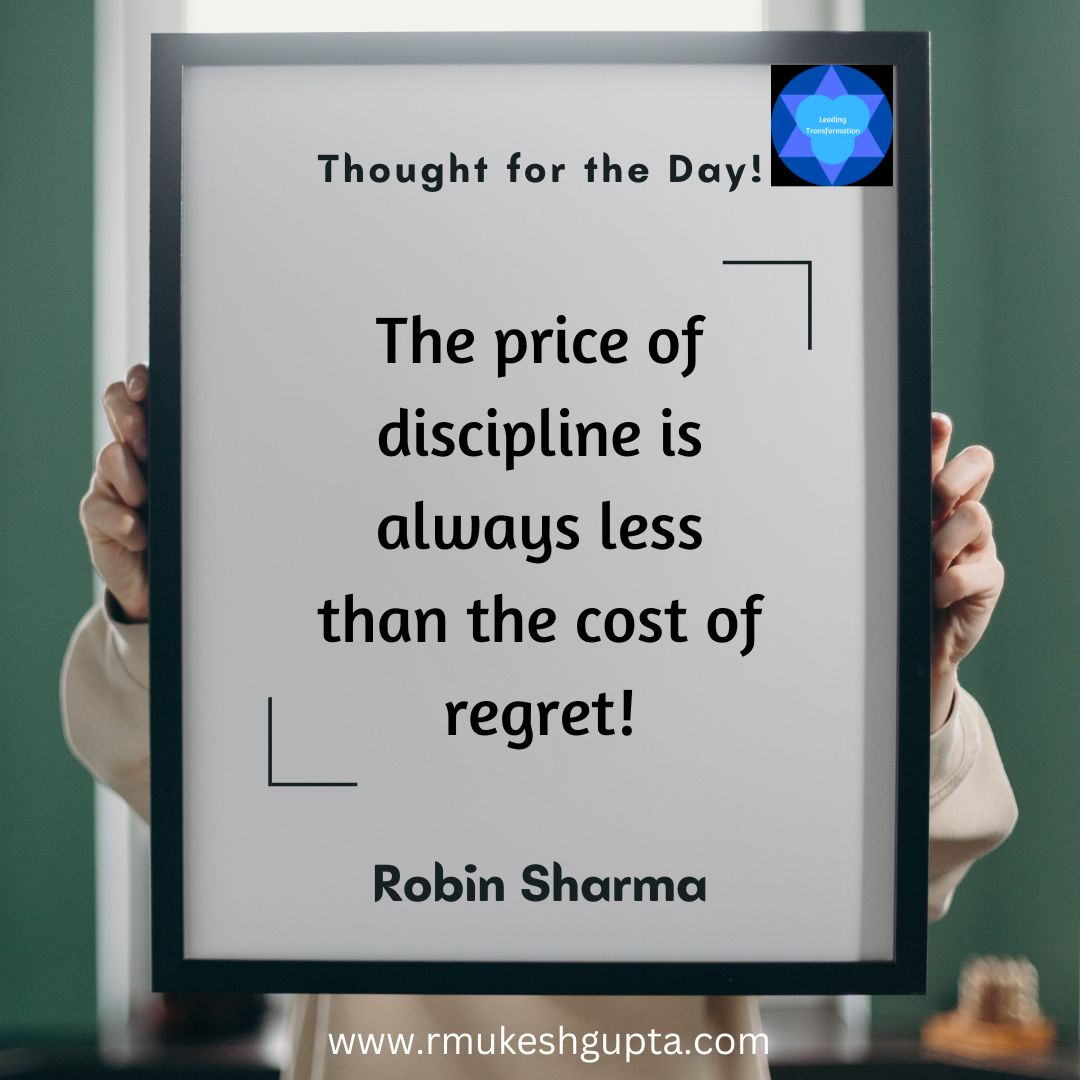There is a lot going on in the automotive industry, specifically the car segment. I will use cars as an example to detail out the challenges that the industry faces. All passenger vehicle segments have similar or sometime even tougher challenges.
There is all the buzz around connected vehicles, the self driving car, the flying car, electric cars and a lot more. On the surface, it looks like it’s an exciting time to be a car manufacturer, but I can imagine the difficult times that they are in for. There are multiple disruptive forces that are in play in the industry, which are building on top of one another and creating a growing cyclone that is going to hit the shores of this industry sometime soon.
Some of the disruptive forces that are in play are:
Sharing Economy:
There is all the disruption that service providers like Uber and ZipCar are bringing to the market. I love driving my car, but have stopped taking my car out, if I am driving alone. I would rather request for UberPool rather than drive in the traffic. This also allows me to meet a lot of interesting people and riding using UberPool has become not only fun but is also economical (UberPool and similar pooling services costs me almost the same amount as driving & parking would cost me) and save time, as I do not have to look for parking every time I go out.
Cloud Economy:
Then there is all the disruption that IT infrastructure is providing by enabling people to work from home or for that matter, work from anywhere they get access to a good working internet connection (which slowly is becoming ubiquitous, thanks to 4G technology being offered by mobile phone operators) in most cities and towns. My younger brother, who is based in Bangalore, works for a software vendor based in the US and works from home. He does not have an office to go to. He completely works from home, eliminating the need to own a car. He currently still owns a car but owning a car is no longer mandatory for him. He can very much rely on Uber and other ride sharing platforms for his commuting.
3D Printing:
Then there is the disruption that 3D printing and 3D printed automobiles could cause on the production process itself. You could print a part instead of buy it from the car manufacturer. And we all know that the car industry thrives on the spare parts sales and after-sales service.
Open-source
Then there is the possibility of someone creating a 3D model of a car and open-sourcing the design for anyone to use it to create their own versions of the 3D model of the car, which could then be 3D printed at a 3D printer near you. What role would an auto manufacturer play in this scenario, as the barrier-to-entry for new players will significantly go down, as all they need to do is print a car, once they have an order for the car – a fully personalised car.
OSVehicle: Open Source & Distributed Vision from OSVehicle on Vimeo.
Personalised Everything:
Then there is the disruption that the selfie culture poses. The current generation wants to express themselves through everything that they do. They want their phones to express their personalities, they want their social media to express their personalities and they also want their cars to express their personalities. They would generally rent or share a product, if possible. And if they have to buy, they love buying and spending a lot of money on products that allows them the benefit of self-expression. So, the days of mass-produced generic cars being used by millions of people around the world is numbered, if not dead already.
Urbanisation & Traffic Woes:
Then there is all the challenges that the growing urbanisation is posing, through increasing cost of living in city centres and the growth of traffic congestions in cities, which leads to people either not wanting to commute or for that matter hate commuting in their cars. There is a growing movement to adopt cycling and create bike friendly roads across the world to enable people to ditch their oil guzzling cars and move to health & earth friendly bikes.
Socio-political Disruptions:
Then there is the socio-political disruptions, which no single organisation can control – like Brexit or the campaign run by various governments to get more and more manufacturing jobs to move to their countries and are either planning to create laws to that effect or in some cases already have created incentives to that effect in their respective countries.
As a Result of these Disruptive Forces
Now, when you look at all these challenges, I would assume that car manufacturers think dearly & deeply about their manufacturing facilities, operations, processes, products and services to ensure that these combinations of disruptive forces do not pose an existential threat on their businesses. There are multiple ways that the car manufacturers can respond.
Change their Paradigm
One way to counter these disruptive forces could be through changing their manufacturing and new product development paradigm.
- Instead of building massive factories, which use efficiencies of scale, they now move to a paradigm of efficiencies of speed.
- Instead of building new products, they start thinking in terms of providing mobility services. This could mean that instead of selling cars, they could start renting them out themselves. This could mean that they start thinking of themselves as not in the car business, but in the urban mobility business.
- Instead of focusing on the engine, they start focusing on the driver/passenger.
Change their Business Models
We will see new business models evolve in this industry. Some potential business models that I already anticipate are:
- Instead of buying cars, people pay for distance travelled in a specific car. The same customer might want to use a sports car when going out alone for a long drive and a wagon when he is travelling with his family and maybe an all-terrain vehicle, when he is off-roading.
- Made-to-specification cars, sold directly to customers, with no other distribution channel.
- Customers pay a flat monthly fee to get access to a certain class of car. They don’t buy or sell the car, nor do they want to take their cars for service. The manufacturer manages the entire fleet of cars and ensures that the car is available for the customer to use, when and where he needs it.
These are just a few clearly available options. True breakthroughs will happen when the industry will actually innovate and come up with much more creative business models.
Change their Operations
Irrespective of which paradigm they are in, they need to start working on re-imagining their operations. The days of having a big manufacturing teams and bigger sales teams (own and dealer led) are gone. They need to start looking at how the operations in the future paradigm will look like and work.
Some questions that will need answers are:
- What role will the machines play and what role will the people in the manufacturing organisation play?
- Whether a car manufacturer wants to or not, they will have to go through a transformation. What role can technology (IT and manufacturing) play in enabling their transformation?
- What will be the new mindset and the corresponding skill-sets that they will need in order to thrive in the new paradigm that they choose to shift to?
Change their Ownership
I believe that in the not so distant future, large publicly traded car manufacturers would dwindle and small niche players, typically owned by entrepreneurs and venture-backed startups would dominate the market (once someone open-sources a viable, 3D printable car design). Also, publicly traded companies have their own cycles and expectations that they need to full-fill and the big car manufacturers will find that it is easier, more profitable to move to private ownership rather than continue to remain publicly traded entities.
These are my thoughts on the future of automotive industry. On one side, my outlook for the car manufacturers might look and feel gloomy, I also believe that we will witness the rise of a new set of businesses that will thrive in the new environment and will bring in all the new innovations that we need and will love sooner than later.





